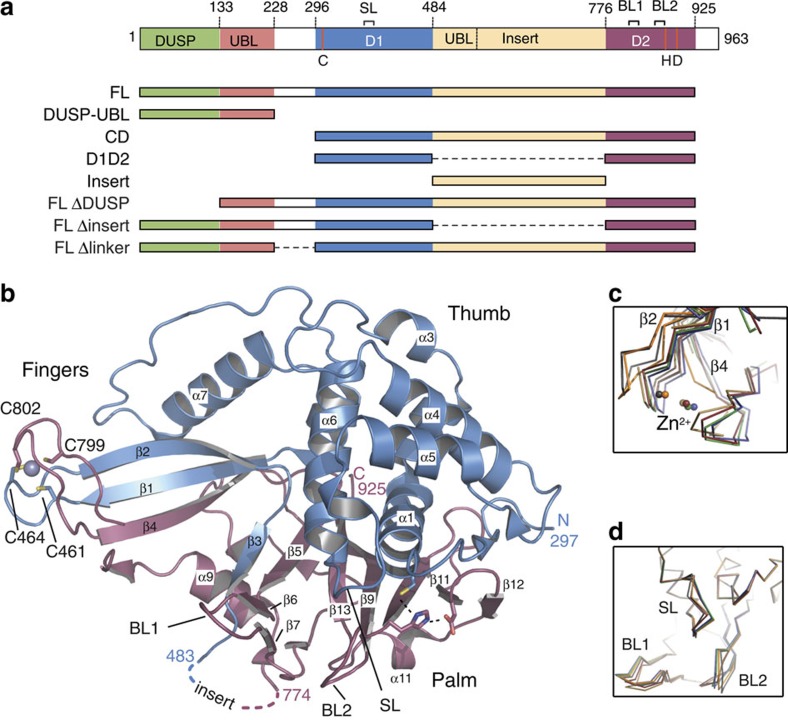Figure 1. The USP domain of USP4 is formed by the D1 and D2 domains.
(a) Domain representation of human USP4 and constructs used in this study. The position of the catalytic residues (C, H, D) is indicated in red. SL=switching loop (residues 385–392); BL1 and BL2=blocking loops 1 and 2 (residues 831–834 and 874–880, respectively) (b) Cartoon representation of USP4 D1D2 domain crystal structure coloured as in a. The catalytic triad and zinc-coordinating residues are represented as sticks. Blocking loops 1 and 2 and switching loop are indicated as BL1, BL2 and SL, respectively. Dotted lines indicate the position of the USP4 insert. (c,d) Zoom on the superposition of the six non-crystallographic symmetry-related USP4 copies in the asymmetric unit showing the flexibility in the zinc-finger ribbon (c) and in the BL1, BL2 and SL loops (d).

